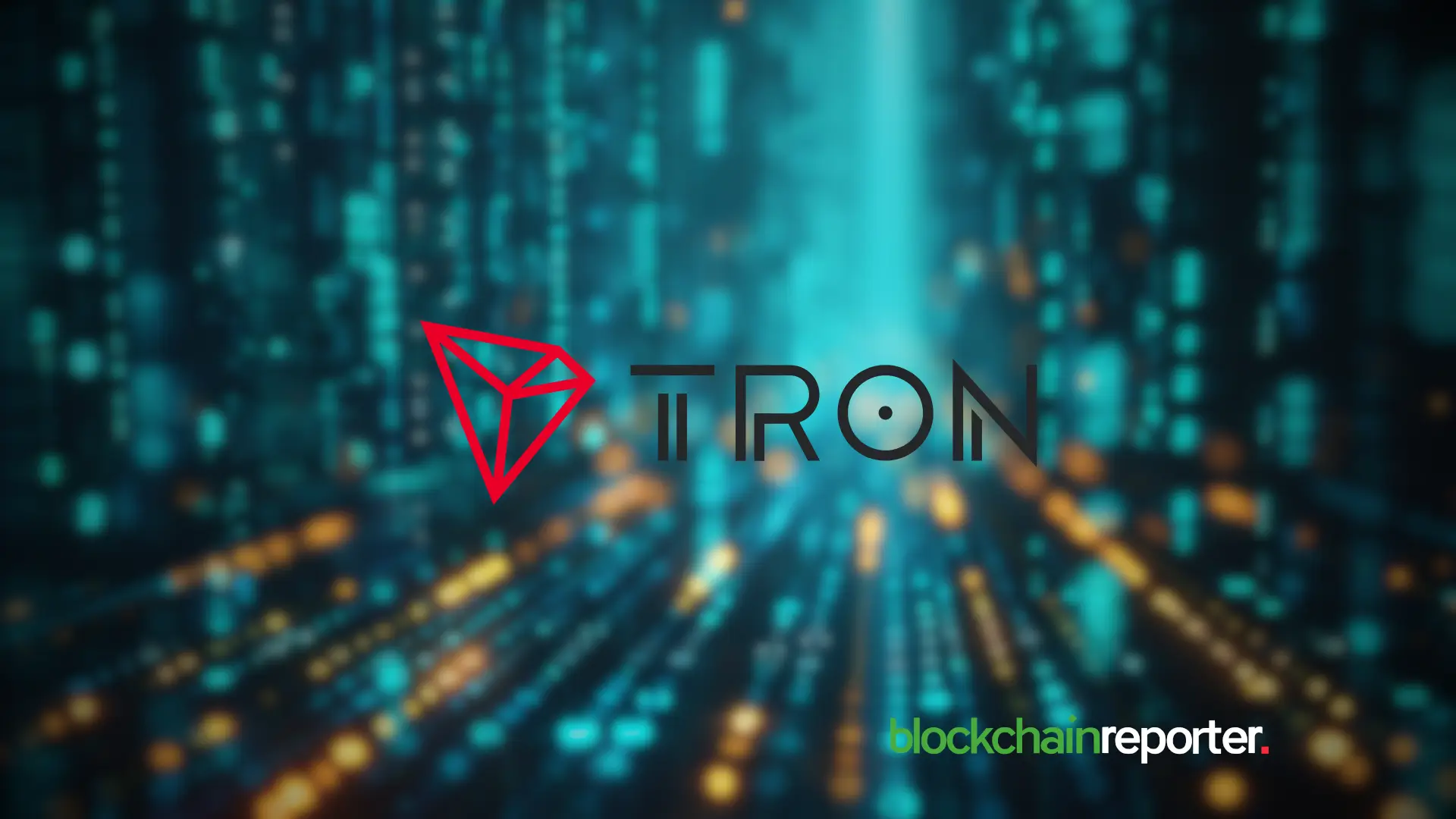TRON Goes Live on deBridge, Opening Native Bridges to 25 Blockchains

deBridge, the cross-chain interoperability protocol, announced Tuesday that the TRON network is now fully integrated and live on its platform, a move that immediately links one of the world’s busiest stablecoin rails to deBridge’s 25-chain routing fabric and gives users near-instant, MEV-protected transfers between TRON and other major blockchains.
The integration brings TRON’s enormous on-chain scale into deBridge’s “lightspeed” bridging architecture. TRON today claims more than 320–327 million total accounts and over 11 billion cumulative transactions on its ledger, statistics that underline the chain’s heavy daily throughput and deep retail footprint, particularly in emerging markets where mobile-first wallets and low fees have driven adoption.
Why this Matters Now
TRON hosts the single largest circulating supply of Tether’s USDT, with recent tallies putting USDT on TRON at roughly $82–$83 billion, more than half of the global USDT supply, making the network a critical rail for stablecoin liquidity. Routing that stablecoin liquidity seamlessly across other chains has been a long-standing pain point for traders, remittance services and DeFi apps; deBridge’s integration promises native, non-wrapped transfers with settlement that is close to real time.
Under the company’s Infrastructure-as-a-Service (IaaS) model, TRON becomes one of the chains that can tap three core features from deBridge: high-performance liquidity transfers, transfer of authenticated cross-chain messages, and secure asset custody via dePort, deBridge’s custody and transport layer. The combination is designed to let users move tokens and messages across EVM and SVM ecosystems without wrapped token overheads, deepening composability for developers and improving the user experience for cross-chain activity.
deBridge says TRON is now instantly composable with the 25 blockchains already supported by its network. For TRON users, that means quicker on-ramps to applications that live on Ethereum, Solana, BNB Chain and others, and for builders, it provides an easier path to compose liquidity and messaging across ecosystems.
The release highlights a couple of practical tradeoffs. While deBridge touts near-instant settlement and protections against MEV and slippage, the announcement also warns that transfers to and from TRON may carry slightly higher fees compared with some other on-chain routes, an important consideration for users moving small amounts. Once bridged, however, assets can be used natively in TRON dApps or moved onward to other chains supported by deBridge’s routing.
Analysts and ecosystem participants say the pairing of TRON’s stablecoin dominance and deBridge’s routing could change how liquidity flows across the multichain landscape. For institutions and remittance services that rely on stablecoins, fewer hops and less wrapping mean lower settlement risk and fewer reconciliation headaches. For DeFi teams, the opening of TRON as a “liquidity gateway” could translate into new revenue and user acquisition vectors, especially in regions where TRON’s mobile wallet reach is strongest.
Adoption metrics will tell the story: watch for volume spikes on deBridge routes touching TRON, changes in cross-chain USDT flows, and whether other bridge providers respond with deeper TRON integrations. Developers will also be watching how authenticated messaging and dePort custody are adopted, those features determine whether complex cross-chain dApps (like cross-chain lending or composable yield strategies) can be built with minimal trust assumptions.
Linking TRON’s massive stablecoin rail and active user base to a multi-chain interoperability network like deBridge is a pragmatic, infrastructure-level step toward smoother cross-chain money movement. For users, it promises faster, more secure transfers; for builders, it opens another avenue for cross-ecosystem composition, provided fees and UX meet expectations on day-to-day usage.
You May Also Like

Cardano Price Forecast: Whales offload 230 million ADA bought this week, raising risks of further decline

US Banking Regulator OCC Gets New Chief with Crypto Industry Roots
